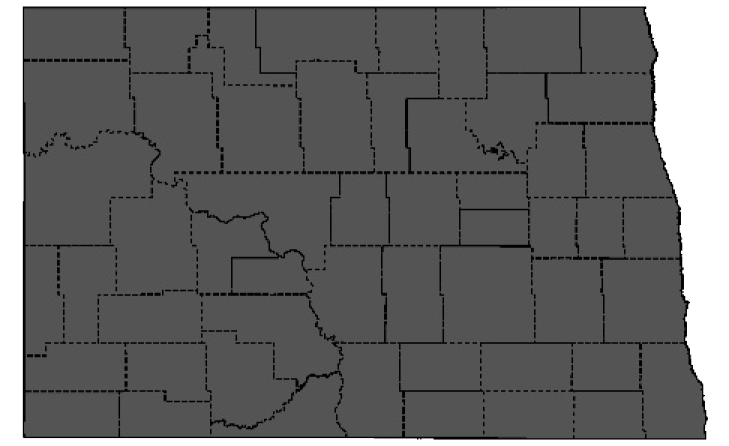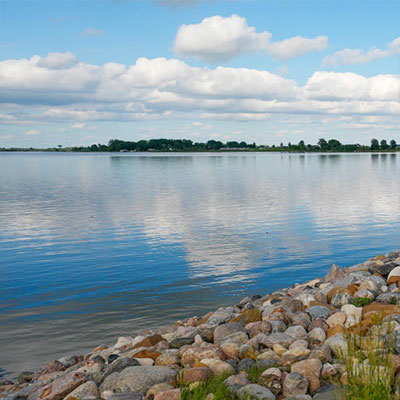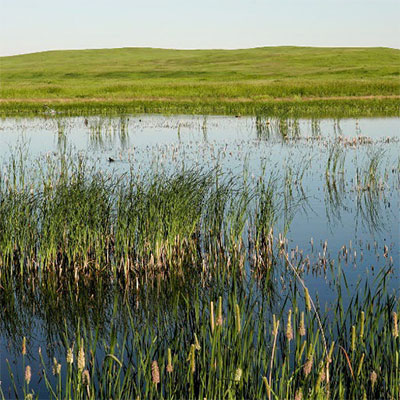Snapping Turtle

Photo Credit
NDGF
SGCN
Nongame
Common Name
Snapping Turtle
Scientific Name
Chelydra serpentina
Taxon
Reptiles
Subtaxon or Group
Turtle
Description
L 8-30”, 65lbs. Brown to gray turtle with undersides of light tan or gray. Snapping Turtles have a large head, hooked jaw, muscular limbs, webbed feet with long claws and a long, robust tail. Carapace often covered with green algae.
Status in North Dakota
Year-round resident.
Reason for SWAP Designation
Identified as a Regional SGCN by the Midwest Association of Fish and Wildlife Agencies.
Among a list of turtle species vulnerable to turtle trade within the Midwest.
Threats
The loss or lack of aquatic vegetation, stumps, logs, and other debris could affect this species.
Illegal take of snapping turtles.
Road mortality may contribute to the decline.
Contaminants have been linked to population decline or abnormal development in some areas.
Snapping Turtles are sometimes deliberately killed because of perceived danger.
Research and Monitoring
- North Dakota State has surveyed eastern ND Wildlife Management Areas for Herptiles and their habitats from 2014-2016 and 2019-2021.
- Currently no dedicated monitoring is taking place. Possible monitoring options could include the general public through an application like Herpmapper, the NDGFD incidental reporting system, or national monitoring initiatives such as PARC. Monitoring should be directed at all herptile species.
Management Recommendations
- Develop a management plan for Snapping Turtles.
- Identify and protect nesting and over-wintering sites.
- Avoid clearing or replacing natural vegetation along wetland edges, providing at least 50-75 feet of undisturbed habitat to protect water quality and prevent erosion.
- Maintain the natural water level and fluctuations of wetlands.
- Leave logs, snags, and other woody debris on site and replace if removed.
- Erosion control structures such as retaining walls or rip-rap will limit or prevent access to the shoreline and adjacent habitat.
- Do not alter natural river undulations, backwater areas, or sand and gravel bars.
- When possible, keep cattle out of streams to reduce impacts on water quality and the streambed.
- Develop information to educate the public on the importance of Snapping Turtles.






